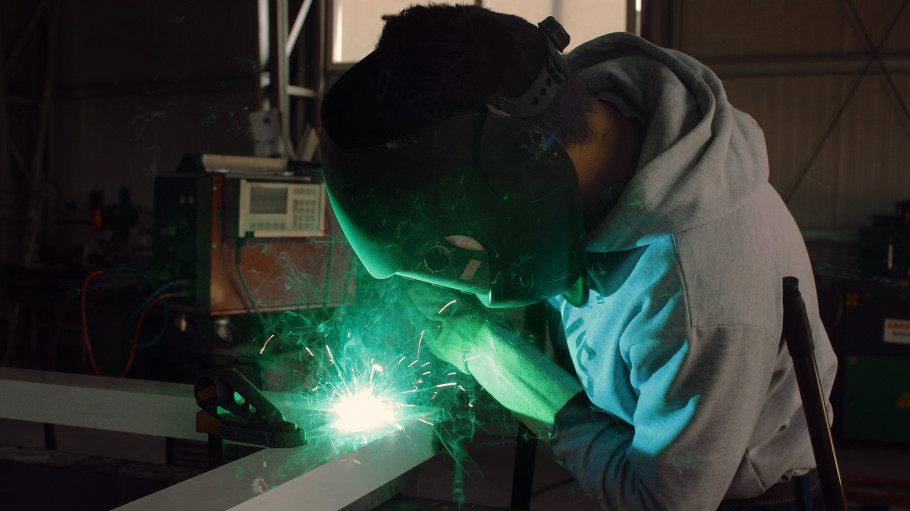

The European Union Emissions Trading System was the first large greenhouse gas emissions
trading scheme in the world, and is still the largest. It was launched in 2005 as a major pillar of
European climate policy.
The Emissions Trading System is a ‘cap and trade’ mechanism. The ‘cap’ is the maximum amount of all greenhouse gas emissions that can be emitted by all participating industry sectors. This ‘cap’ is reduced every year by a ‘linear reduction factor.’
Within this ‘cap’, installations are permitted to either keep ‘allowances’ for next year or to sell them on to other companies that may need to emit more.
The original objective of the Emissions Trading System was to achieve agreed emissions reduction targets in a 'cost-effective and economically efficient manner'. This is done using the carbon price resulting from the interaction of supply and demand for ‘emissions allowances’.
The EU Emissions Trading System covers around 11,000 installations in power generation and industry as well as the aviation sector. These installations are together responsible for 45% of the EU’s greenhouse gas emissions. Emissions from buildings, agriculture, transport and waste are outside the Emissions Trading System’s scope.
Brussels, 02 July 2025 – The 90% climate target proposed today by the European Commission demands an unprecedented transformation of EU society and industry in just 15 years. The European steel industry is already doing its part, but a viable business case for the transition is still lacking. To enable it, the EU needs to implement the Steel and Metals Action Plan much more decisively, delivering a highly effective trade protection against global overcapacity, access to internationally competitive low carbon energy and scrap, and a watertight CBAM, says the European Steel Association.
How to design a watertight CBAM to protect the European steel industry from carbon leakage
Brussels, 19 March 2025 – The Steel and Metals Action Plan, unveiled today by the European Commission, provides the right diagnosis to the existential challenges facing the European steel industry. Concrete measures need to follow swiftly to reverse the decline of the sector, re-establish a level playing field with global competitors, and incentivise investment and uptake of green steel in the market.
Several myths or misunderstandings about the role and functioning of the EU ETS abound in discussions about this central EU climate policy.
WTO compliance, transition period, solution for exports, anticircumvention measures: our collection of impact assessments and policy documents